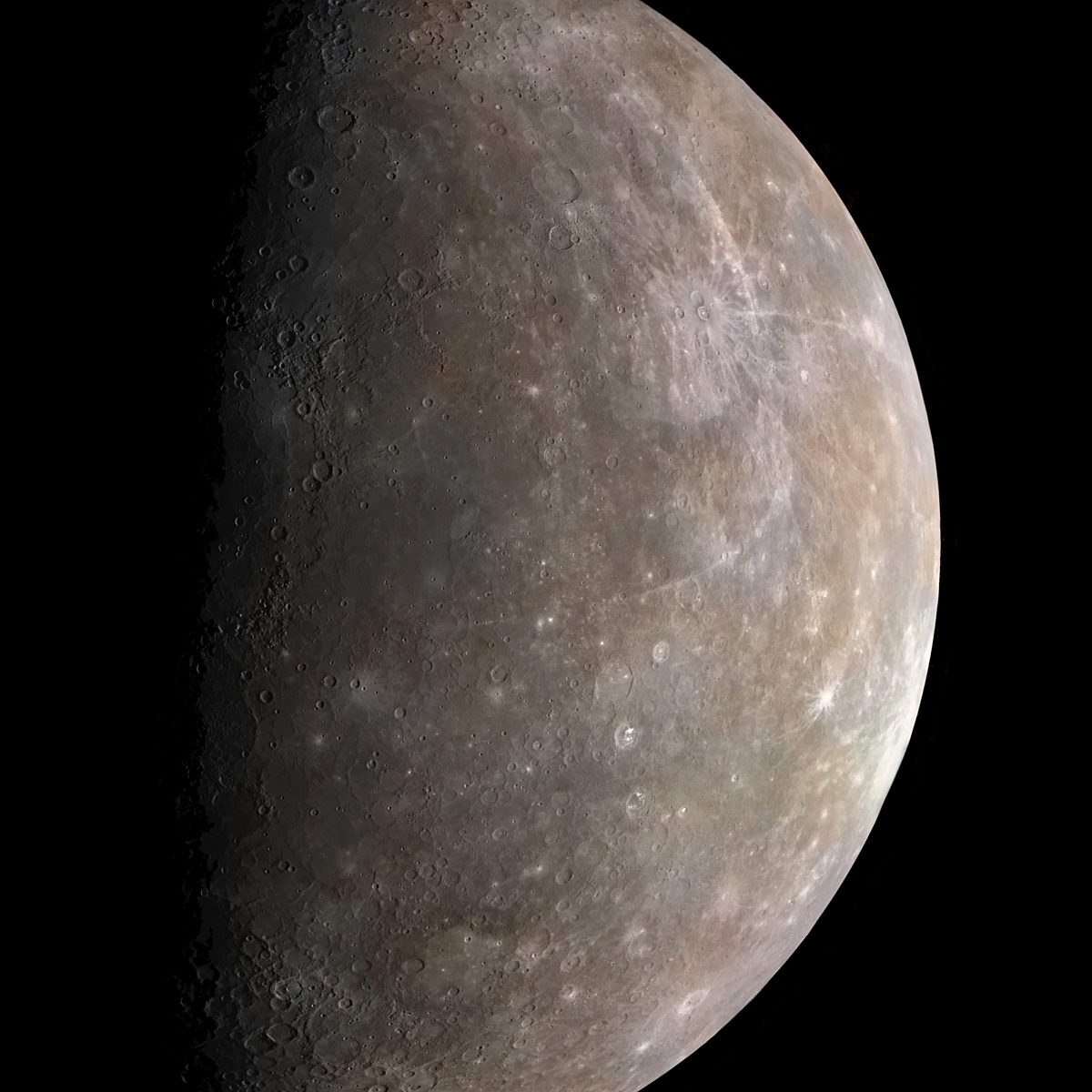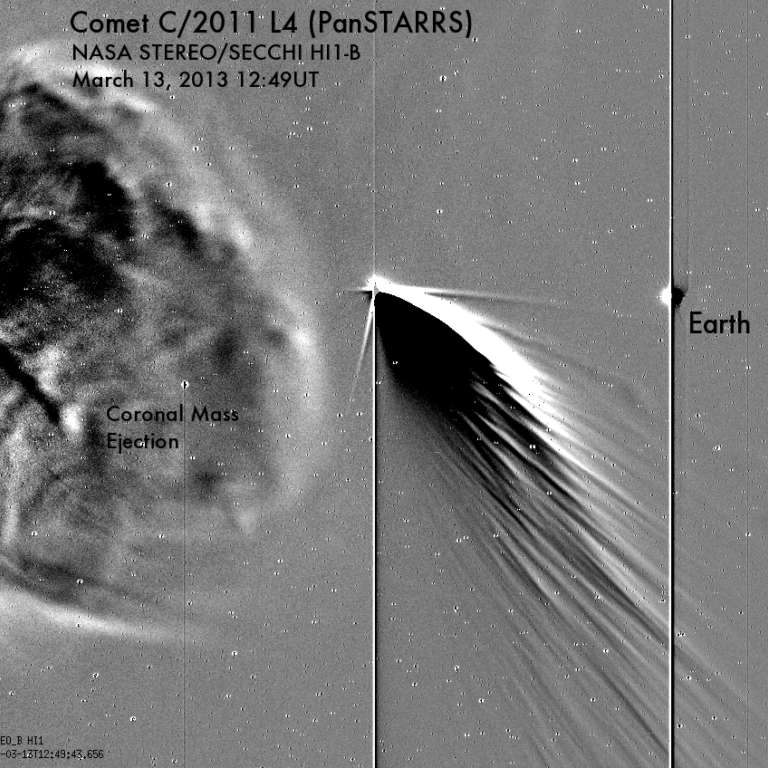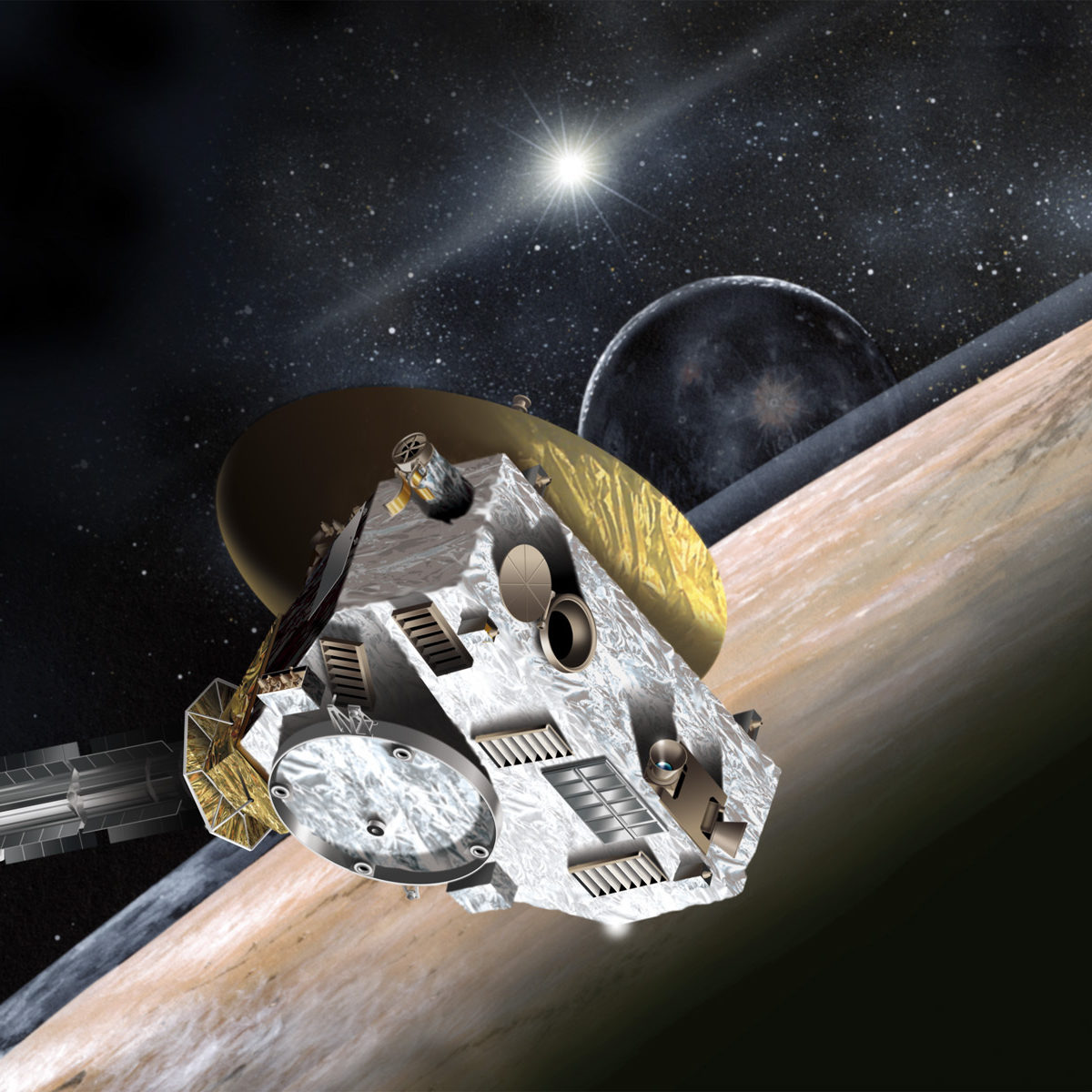All
All
Stories, updates, insights, and original analysis from The Planetary Society.
Dawn Journal: Staying warm en route to Ceres
Marc Rayman's latest Dawn journal explains the temperature adjustments engineers make to save power and keep the spacecraft warm.
LPSC 2013: The Smaller They Are, The Better They Shake
Really cool movies from Jim Richardson propose to explain how the same physics of impact cratering can produce such differently-appearing surfaces as those of the Moon, large asteroids like Eros, and teeny ones like Itokawa.
LPSC 2013: Do we have a meteorite from Mercury?
Before yesterday, my answer to this question would be
Planetary Society Weekly Hangout: Being WISE about asteroids, comets, and brown dwarfs with Amy Mainzer
This week I'll be talking with NEOWISE principal investigator Amy Mainzer about moving objects that the WISE mission has spotted both inside and outside our solar system.
Comet PANSTARRS from the other side of the Sun!
Comet PANSTARRS is delighting northern hemisphere viewers right now. But it's also big, bright, and beautiful to the STEREO spacecraft.
Will comet Siding Spring make a meteor shower on Mars?
JPL's Solar System Dynamics group shows that there is still a possibility that C/2013 A1 (Siding Spring) could hit Mars. But the uncertainty in its position at that time is large -- the closest approach could happen an hour earlier, or an hour later -- so we're a long way from knowing yet whether it will or (more likely) won't impact.
Galileo's images of Gaspra
Last week I trawled the archives to find all of Galileo's images of asteroid Ida; this week, I turned to Gaspra.
Dawn Journal: Revisiting orbital mechanics
Now that Dawn has changed its speed by nearly eight kilometers per second, Marc Rayman revisits the concept of orbital velocity.
Planetary Society Weekly Hangout: Studying Asteroids from Earth with Andy Rivkin
Emily Lakdawalla's guest this week was Applied Physics Laboratory asteroid astronomer Andy Rivkin. We talked about the menagerie of rocks in the asteroid belt, how many of them travel in pairs and triples, how some of them are surprisingly wet, and how much you can learn about asteroids using Earth-based telescopes.
Comet to whiz past Mars in October 2014
A recently discovered comet, C/2013 A1 (Siding Spring), is going to be passing very close to Mars on October 19, 2014. Does it pose a risk to spacecraft?
Galileo got so many more images of Ida than I realized
While writing up the cruise-phase issues of the Galileo Messenger a couple of weeks ago, I came across a fuzzy montage of images of Ida that I had not seen before. So I decided to spend some time digging into the Planetary Data System to see if there were more images to be found. I found lots and lots pictures that I'd never seen before!
Webcast Tonight! Planetary Scientist and Society President Jim Bell
Professor Bell's topic is
Why don't we have any photos of asteroid 2012 DA14 if it came so close?
A frequently-asked question last week was: if asteroid 2012 DA14 is coming so close to Earth, why hasn't anyone taken any pictures of it? Now that 2012 DA14 has whizzed past us, we do finally have some radar pictures of it, but they still may not satisfy everyone.
Vermin of the Sky
Executive Director Emeritus Louis Friedman writes about Asteroid programs of The Planetary Society.
Observing 2012 DA14
Mostly the Universe stays unchanged for hundreds, thousands or even millions of years. There are some cases however when some things change really rapidly. Recently I observed one of these rapidly changing, transient phenomena, as asteroid called 2012 DA14. I work for Las Cumbres Observatory and we have been trying to observe this asteroid since 5 February.
The Sky Was Falling! A Meteoric Airburst Over Russia and the Encounter with 2012 DA14
SEE IT NOW: The Planetary Society's CEO, Bill Nye the Science Guy, joined Director of Projects Bruce Betts for a live webcast as 2012 DA14, a 45-meter asteroid, was passing Earth. Bill and Bruce also marveled at video of the meteor burst high over a city in Russia.
When will New Horizons have better views of Pluto than Hubble does?
Last week, I posted an explainer on why Hubble's images of galaxies show so much more detail than its images of Pluto. Then I set you all a homework problem: when will New Horizons be able to see Pluto better than Hubble does? Here's the answer.
BREAKING: Meteor fall causes damage in Russia [UPDATED]
A large meteor streaked through the skies above Russia on the morning of Feb 15th, causing a deafening sonic boom that shattered windows and injured hundreds.
What We Know About the Russian Meteor Event [UPDATED]
Preliminary estimates show that the meteoroid was 15 meters wide and weighed roughly 8000 tons. The resulting airburst would have the equivalent yield of about a 1/2 megaton explosion.
Why can Hubble get detailed views of distant galaxies but not of Pluto?
How come Hubble's pictures of galaxies billions of light years away are so beautifully detailed, yet the pictures of Pluto, which is so much closer, are just little blobs? I get asked this question, or variations of it, a lot. Here's an explainer.


 Explore Worlds
Explore Worlds Find Life
Find Life Defend Earth
Defend Earth


 Sun
Sun Mercury
Mercury Venus
Venus Earth
Earth Mars
Mars Jupiter
Jupiter Saturn
Saturn Uranus
Uranus Neptune
Neptune Small Bodies
Small Bodies











